It’s no secret that Chinese copies of knife designs from reputable manufacturers have long been a problem in the industry. Given that some component parts can be made in China for less than the cost of selling them for scrap in the United States, and given the tight margins that American manufacturers and knife importers must accept, farming out production to Chinese facilities is often the only viable economic choice. It should come as no surprise to any American manufacturer, though, that while the Chinese will gladly sell you your product through the front door, they’ll be selling unlicensed copies of your goods out the back.
Sometimes, this copying comes in the form of knockoffs branded under a variety of names, such as Sanrenmu and Ganzo. Sanrenmu, for example, makes a fairly obvious copy of the Chris Reeve Sebenza, but does not try to fool anyone into thinking the twelve-to-twenty-dollar Sanrenmu knife is actually a Sebenza worth ten times as much. Ganzo makes several knives that are outright copies of Benchmade and Spyderco designs, sometimes mixing and matching lock mechanisms found on other manufacturer’s folders. Want a Spyderco with an Axis lock? You can get that bastard child in the form of a Ganzo folder.
Chinese manufacturing is a pay-to-play operation: You generally get the level of quality and oversight that you explicitly purchase. But Chinese manufacturers also don’t give a good damn about anybody’s intellectual property. The knockoff industry doesn’t stop at pocketknives. The Russians are none too happy about the copies of Russian-made small arms that the Chinese crank out, nor is the Western automobile industry thrilled over the Chinese facsimiles of various passenger vehicles. But a knockoff is one thing and a counterfeit another. A knockoff takes advantage of the demand generated by another manufacturer’s advertising and design innovation. A counterfeit tricks the consumer into thinking he is getting a bargain for a faked product.
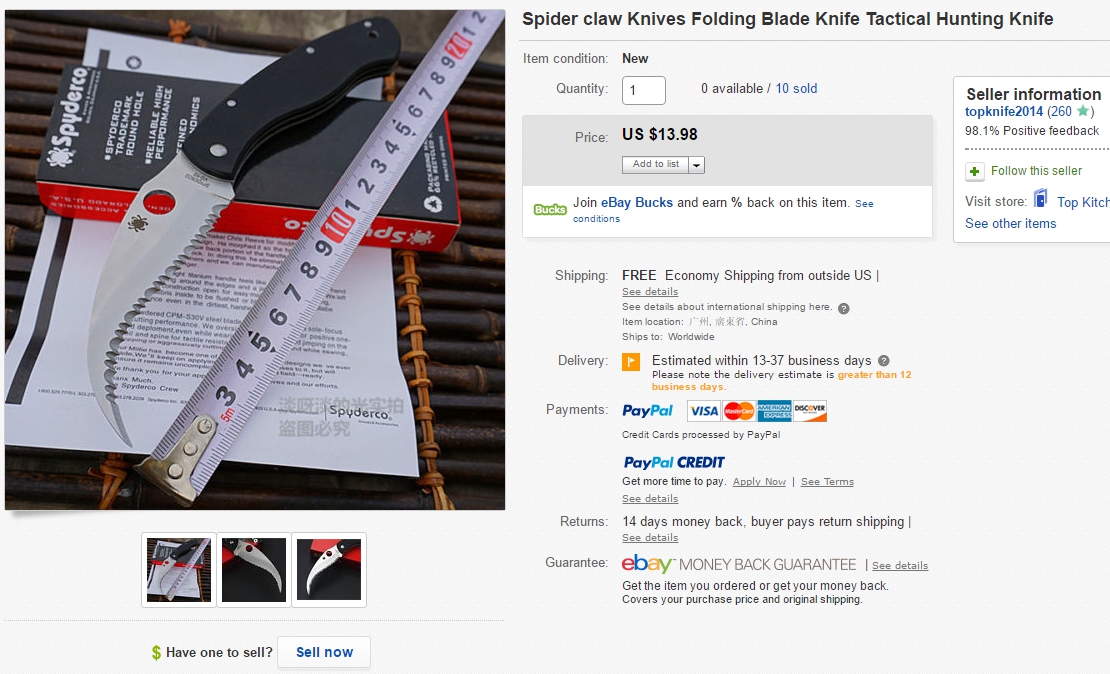
Enter the “Spider Claw Knives Folding Blade Tactical Hunting Knife.” This is a counterfeit Spyderco Civilian, but it isn’t listed as such on the eBay auction because that would make it easier for eBay’s monitors — and Spyderco itself — to find and take down the post. When I stumbled across the listing, I bought the knife specifically so I could write this article. My point? If you’re stupid enough to think you’re buying a genuine Spyderco Civilian direct from China for less than 14 bucks, you deserve to get ripped off.
Pricing is a big part of the knife market. Setting a price is part of creating perceived value. There isn’t a lot that a $200 knife can do that a $100 knife can’t, but the price point establishes in the mind of the customer exactly what he is buying. Now, yes, some knives cost more to produce than others, but never doubt that pricing is as much a marketing decision as it is an economic one. You simply cannot get the same knife for twenty bucks as for two hundred. When you see a knife like the Civilian sold for a tenth or less of its actual value, you must assume you are dealing with a counterfeit (or stolen goods).
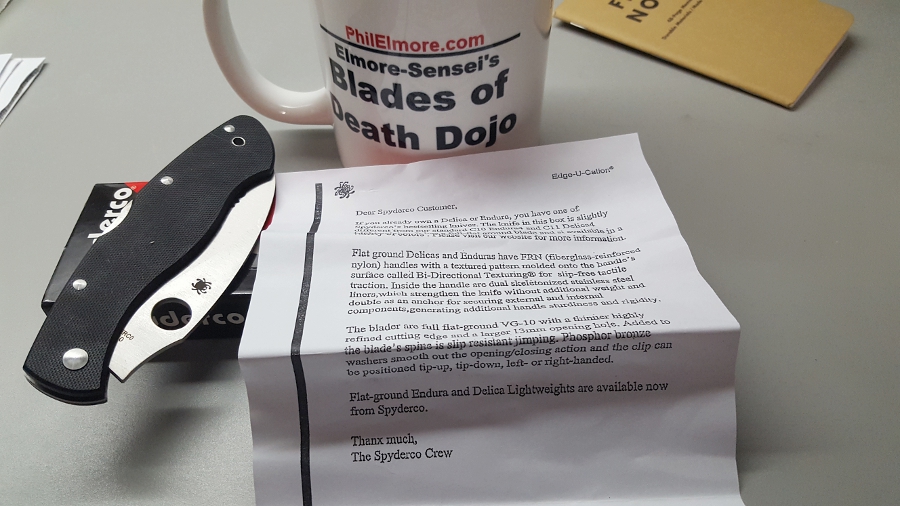
As for the knife I received, there are a few dead giveaways that it’s fake. The first is the terrible quality of the supposed certificate of authenticity included in the box. This appears to have been copied from a legitimate piece of Spyderco literature, but there’s no way the folks in Golden, CO would allow something that looks like this to leave their facility. You probably can’t see it in the photo, but I’ve seen chain-mail faxes with higher resolution and print quality. It was obvious from the moment I picked it up that it was a copy of a copy of a copy.
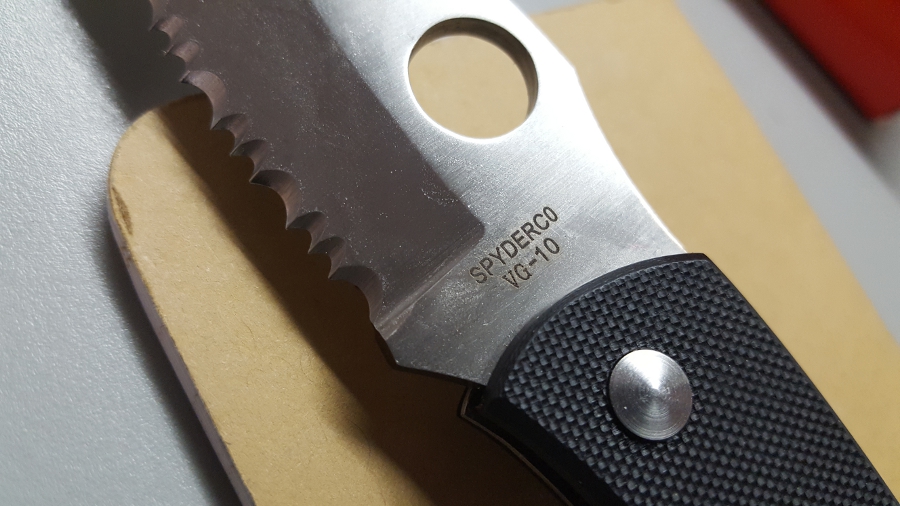
The knife opens hard, with none of the smoothness one associates with Spyderco. It also has that vaguely clunky feel that all Chinese folders have (even the well-made ones).
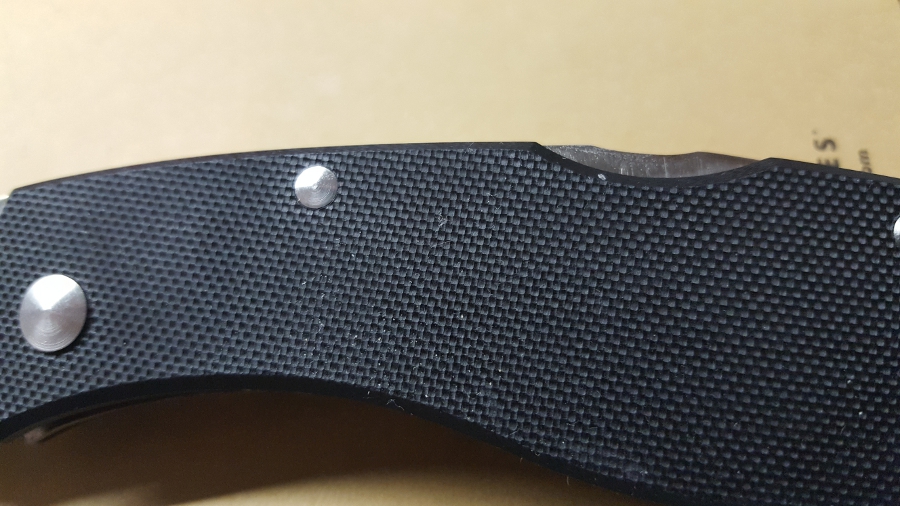
There’s some vertical play in the blade and, while the screws look “right” at first glance (they’re not), the Boye detent in the lock is far too shallow.
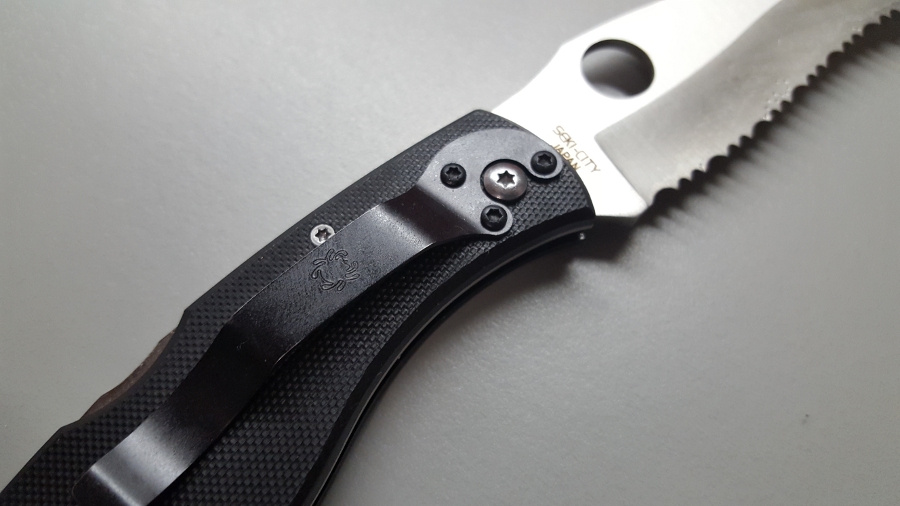
That shallow detent is the most obvious indicator that the knife is counterfeit, but without that, I’d guess that somebody just walking past this on the counter at a gun show might not be able to tell.
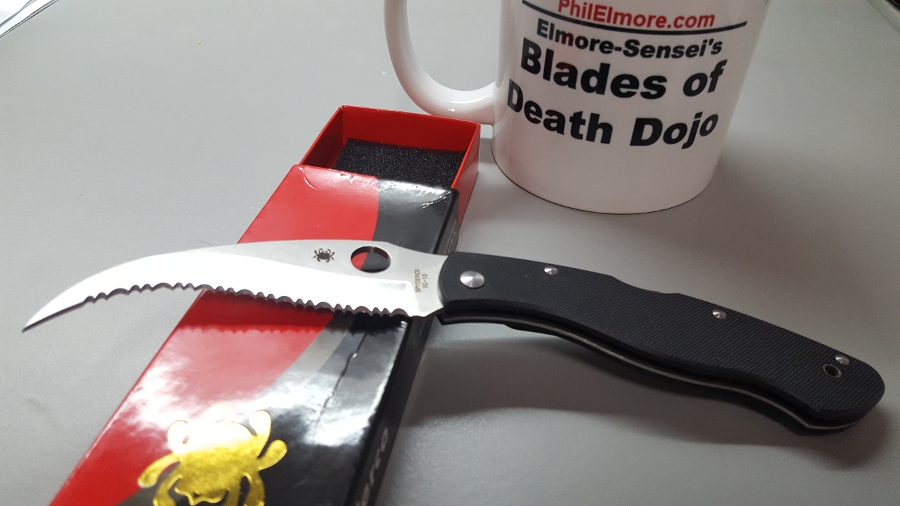
Did I get ripped off? Well, if I thought I was buying a Civilian worth 200 bucks, I’d be upset that I didn’t get one. The counterfeit is worth the 14-dollar price tag… but then, it shouldn’t exist, because the real victim of the ripoff here is Spyderco itself. The company took the innovative step of starting its own Chinese-made knife line, Byrd, to compete with cheap Chinese copies of higher-quality Spydercos. The Byrd line remains one of the best buys in folding knives for that reason. A customer who doesn’t know not to buy a cheap knockoff, however, probably doesn’t know to shop for a more reputable brand.
Where there is one counterfeit knife, there are hundreds. Every one of these things takes money out of Sal Glesser’s wallet, not to mention the wallets and purses of his employees. The Chinese attitude towards intellectual property isn’t going to change, either. That means that every one of us, as buyers, must beware when we shop online. Save your business for reputable dealers and always keep your eyes wide open when shopping online auction sites.
I have 2 of the Civilians. When I bought the first one I carefully studied the knife and made sure I was completely familiar with it.I found out in a hurry this knife should not be taken lightly! The intended use is this knife is for last resort self defense!! If you on one make sure it remains out of reach of all children!! This knife bites me wonderful for self defense.